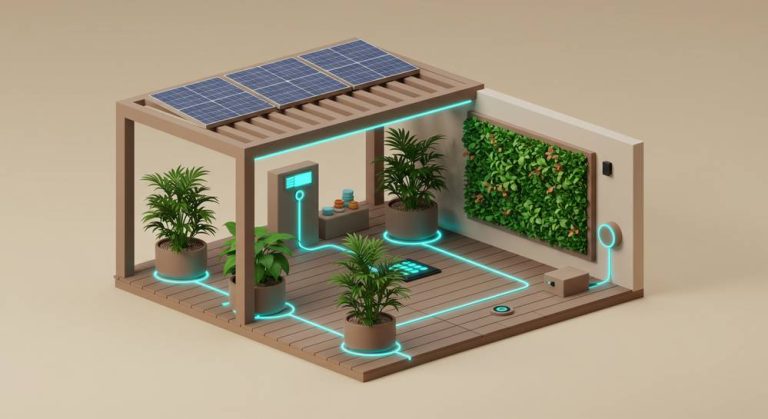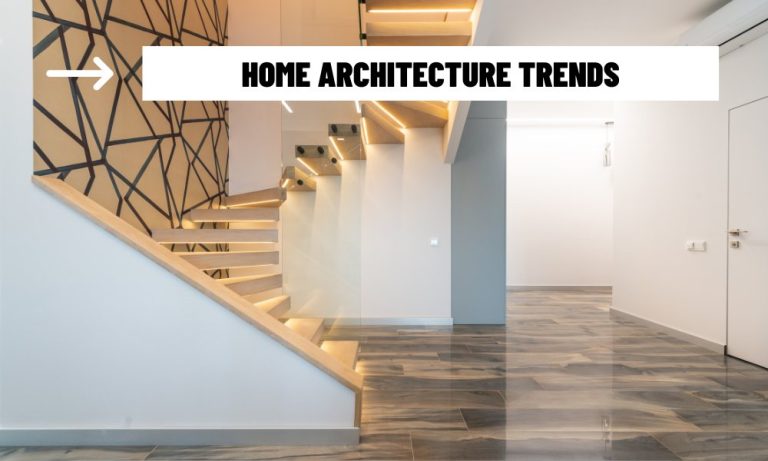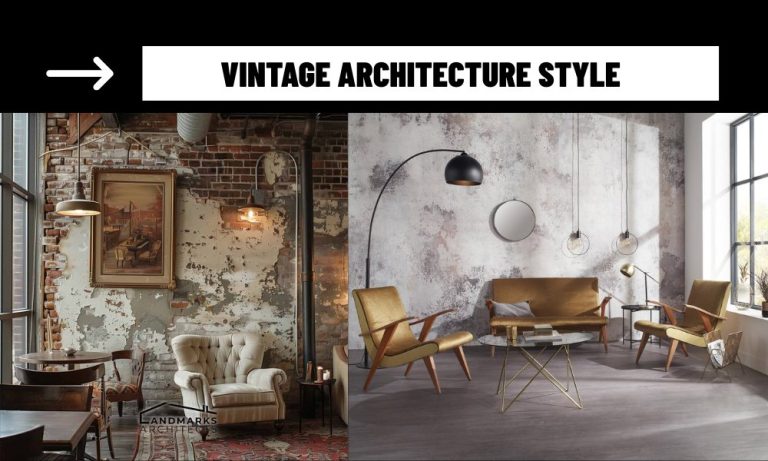As we look ahead to the future of design, one question stands out: “What is the architecture trend in 2030?” With rapid advancements in technology, growing environmental concerns, and shifting societal needs, architecture is poised for a transformative decade. Based on current trajectories as of April 2025, the trends shaping 2030 promise innovative, sustainable, and human-centric spaces.
What Is the Architecture Trend in 2030?
Sustainability Takes Center Stage
By the end of the decade, buildings will likely be designed to achieve net-zero carbon emissions, driven by global climate targets. Architects will lean heavily on renewable energy sources like solar panels and geothermal systems, paired with low-impact materials such as mass timber and recycled steel. Green features—think living walls and rooftop gardens—will become standard, reducing urban heat and energy use. This shift reflects a broader commitment to lowering the construction industry’s environmental footprint, making sustainability a core answer to “What is the architecture trend in 2030?”
Technology Redefines Design
By 2030, tools like Artificial Intelligence (AI) and 3D printing will dominate the industry. AI will streamline design processes, optimizing buildings for energy efficiency and climate resilience, while 3D printing will enable rapid construction of complex structures with minimal waste. Cities like Dubai, already aiming for 25% of buildings to be 3D-printed by 2030, showcase this trend’s potential. These innovations will make architecture faster, smarter, and more accessible, cementing tech as a key component of “What is the architecture trend in 2030?”
Biophilic Design for Well-Being
Another compelling response to “What is the architecture trend in 2030?” is the rise of biophilic design. This approach integrates nature into built environments, using natural light, indoor plants, and organic materials to enhance occupant well-being. By 2030, expect urban towers with vertical forests or homes with seamless indoor-outdoor flow, addressing the mental health needs of a digital, urbanized society. Studies already show nature-infused spaces reduce stress, and this human-centric focus will solidify biophilic design as a major part of architecture trend in 2030.
Adaptive Reuse and Circular Principles
Adaptive reuse stands out as a practical and eco-conscious solution. Instead of demolishing old structures, architects will repurpose warehouses, offices, and factories into modern homes or community spaces. This aligns with circular architecture, where buildings are designed for disassembly and material reuse. By reducing waste and honoring history, this trend will gain traction in resource-scarce times.

Smart and Resilient Structures
Resilience and intelligence will also define “What is the architecture trend in 2030?” Smart buildings, equipped with IoT sensors and automation, will adjust to weather, occupancy, and energy needs in real time. Meanwhile, designs will prioritize durability against climate-driven events like floods or heatwaves, using robust materials and flexible layouts. This combination of adaptability and innovation ensures that resilience is a cornerstone of “What is the architecture trend in 2030?”, meeting the demands of an unpredictable world.
Parametric Aesthetics Meet Functionality
For those wondering “What is the architecture trend in 2030?”, parametric design will bring a bold aesthetic shift. Enabled by advanced software and robotics, architects will craft fluid, organic forms inspired by nature—think curves mimicking waves or trees. These eye-catching designs, made practical by 3D printing, will blend beauty with efficiency, appealing to a future-focused audience. This artistic evolution will be a standout feature when exploring “What is the architecture trend in 2030?”
Urban Solutions for a Crowded World
Finally, will address urbanization through mixed-use, high-density developments. The “15-minute city” concept—where essentials are within a short walk—will inspire vertical neighborhoods with shared spaces like co-working areas or communal gardens. This trend tackles housing shortages and car dependency, creating vibrant, connected communities.
Why These Trends Matter
The answers to “What is the architecture trend in 2030?” reveal a field responding to urgent challenges—climate change, population growth, and technological leaps. These trends promise buildings that are not just functional but also sustainable, beautiful, and adaptive. Whether you’re a homeowner, designer, or urban planner, understanding “What is the architecture trend in 2030?” offers a glimpse into a future where architecture solves problems and elevates lives.
So, what is the architecture trend in 2030? It’s a fusion of sustainability, cutting-edge technology, and human-focused design. From net-zero buildings to parametric masterpieces, the industry will evolve to meet the needs of a changing planet and its people. As we approach the decade’s end, “What is the architecture trend in 2030?” will remain a question with exciting, ever-unfolding answers—shaping a world that’s greener, smarter, and more inspiring than ever.















